We recently blogged about dry drowning--how to spot the symptoms and how to prevent it from happening. Thankfully, it's a rather uncommon phenomenon. Actual drowning, however, is not: drowning is the leading cause of accidental death for children aged 1-3 years old in 30 states.
A few weeks ago, we reposted this rather amazing video on our Facebook page:
It's a little shocking--watching a baby fall into a pool is a scary thing! But it brings to attention the importance of teaching very young children skills that may help them survive an accidental tumble into a swimming pool or other body of water.
Check out our selection of floating aids and toys.
Types of Infant Swim Classes
There are a lot of options for parents who are looking for infant swim classes:
- A well-known infant swim class is Waterbabies. This class and others like it include the parent and the infant in the lessons. The focus is primarily social (parent-infant bonding, parent-parent socializing, infant-infant socializing) and getting babies accustomed to being in the water. Basic floating skills are taught.
- Then there are classes like the one discussed in the video above. They are not advertised as swimming classes; rather, they are "self-rescue" classes, and the focus is not on fun or swimming, but rather on teaching infants survival skills that may help them survive falling into a pool. Parents sit on the sidelines while trained instructors teach the infant to roll onto their backs, float, breathe, and wait for assistance. Older babies are taught to swim for short intervals in order to reach safety.
- Parents can also teach their babies basic swimming skills on their own. There are many resources on the Internet that guide parents through teaching basic floating skills and swimming skills such as the doggy paddle.
- Many communities also offer courses through local swimming pools. Check the resources in your area to see if such classes are offered. Many of these types of classes will be geared towards children 4 years and up.
How Old Should My Baby Be to Learn to Swim?
It depends who you ask. The American Academy of Pediatrics states that children are not developmentally ready to learn to swim until they are 4 years old. However, they mean actually swimming. Programs like Waterbabies, in which children only float and are held in the water, start at 1 month. Self-rescue programs encourage parents to teach self-rescue skills between 6-12 months. The right time will also depend on the child and any special needs they may have.
The Benefits of Teaching Babies to Swim
Besides teaching skills that could save them from drowning, there are other benefits to teaching infants to swim:
- Babies that learn to swim have better balance and are better at grasping objects than their non-swimming peers. This difference in ability persists even up through five years of age.
- Teaching babies to swim can boost their confidence. They are also less likely to be afraid of being in water or having water on their face.
- Swimming builds strength. The buoyancy of the water and the resistance it provides exercises muscles more effectively than activity on land. Research shows that babies who swim crawl later than their peers but walk earlier, due to improved muscle control.
- One German study found that babies who swim display advanced social skills and intelligence, compare to their non-swimming peers.
- Swimming relaxes infants and the activity stimulates their appetite. This improves their sleeping and eating habits.
Will Teaching My Baby to Swim Prevent Drowning?
Teaching an infant to swim, or teaching an infant self-rescue techniques, will improve their chance of surviving should they fall into water. However, there is never any guarantee they will not drown--no one is drown-proof. Even highly skilled adult swimmers can drown. The best way to prevent drowning is to secure pool areas with gates and fences, and to supervise your child at all times when near a pool or other body of water.
This wristband alarm is designed specifically to warn you should your infant fall into the pool.
Even if your infant has taken swimming or self-rescue classes, it is crucial you do not rely on those skills to save your child.
View our pool alarm and safety systems here.









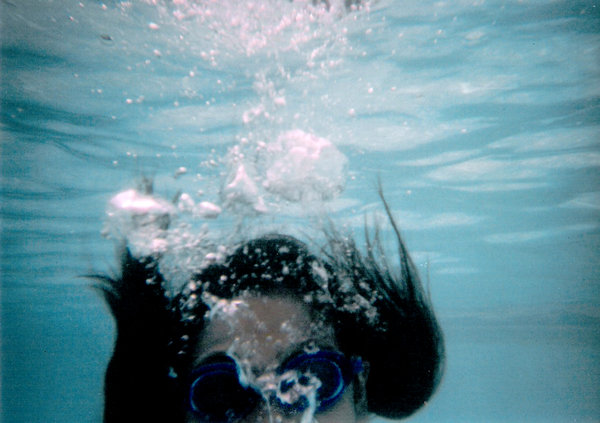 by neener-nina via DeviantArt
by neener-nina via DeviantArt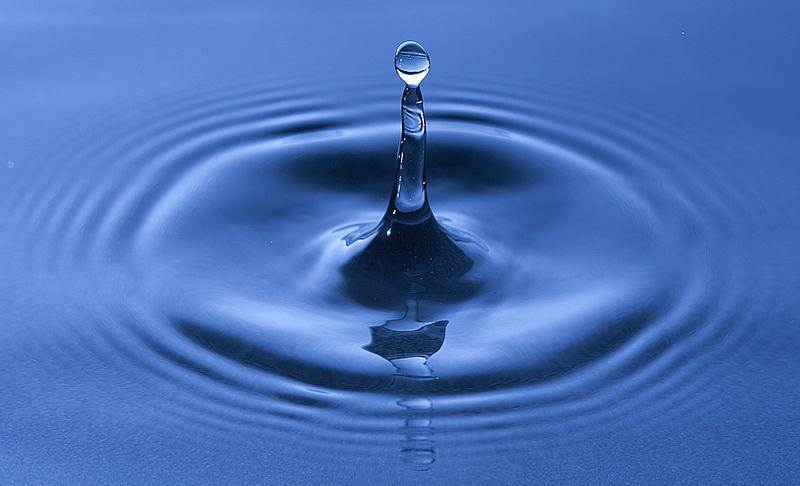
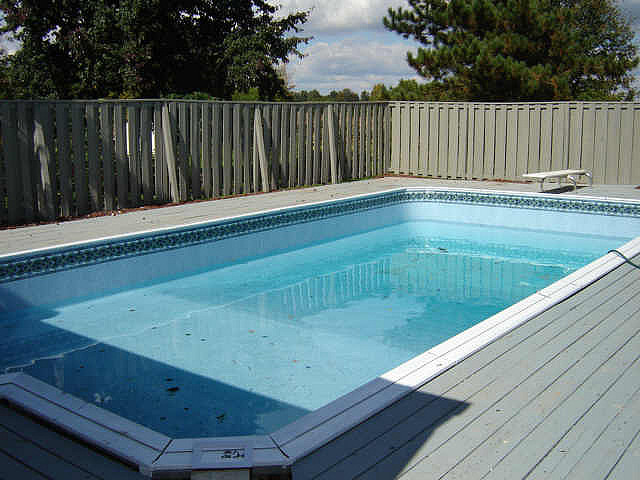
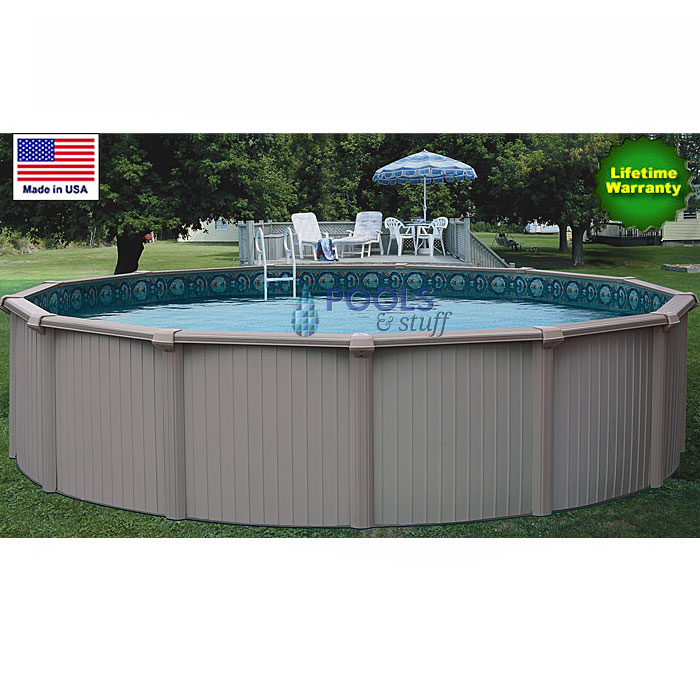
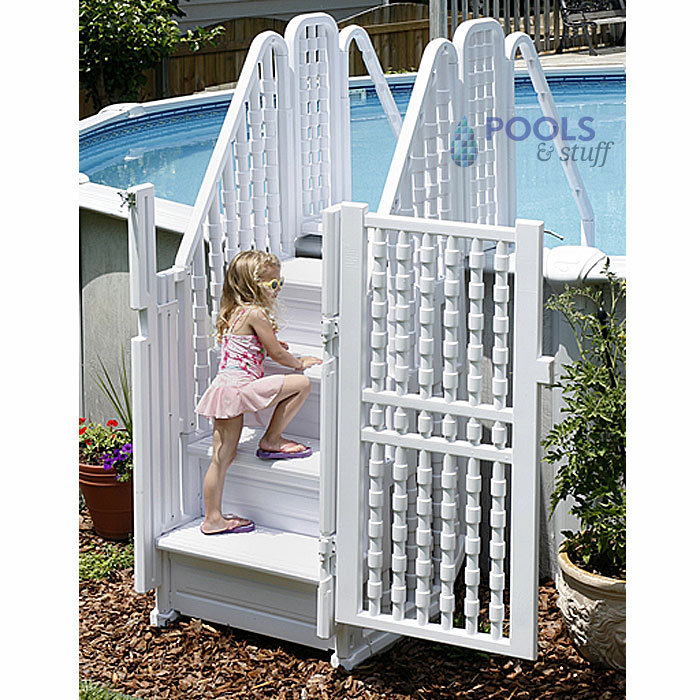
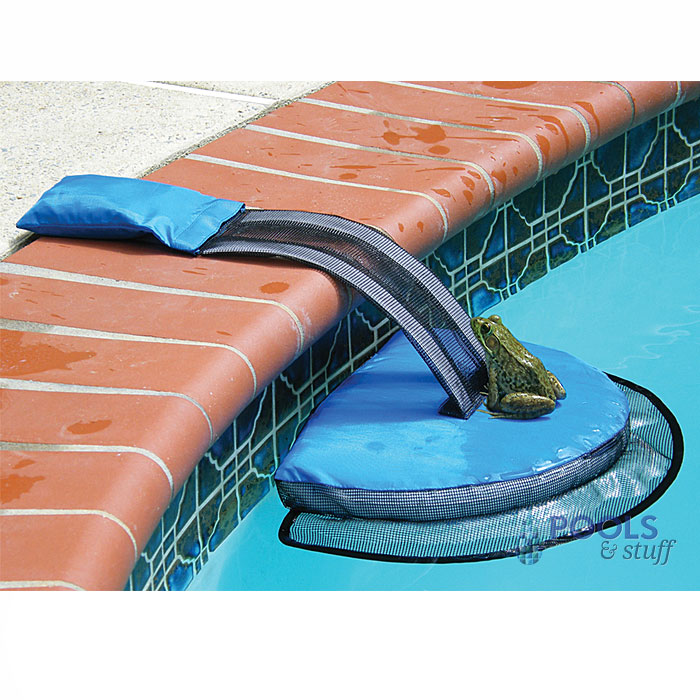






